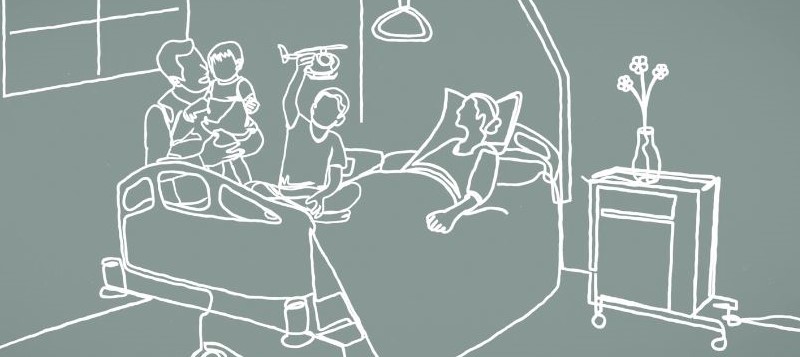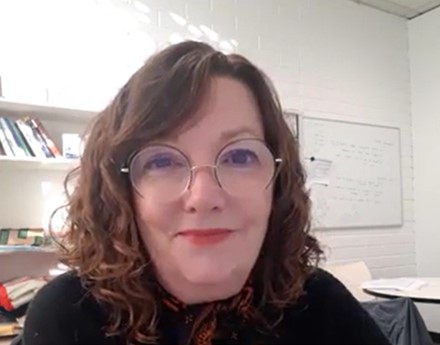Improving Bereavement Care in Hospitals
2595 0
A post written by Associate Professor Kim Devery, Project Lead, End-of-Life Essentials

A shift in gear is needed when providing care and service to families and friends who are newly bereaved, who have just endured the death of their mother, friend or son, for example.
Health care professionals do have to be nimble. Acute settings are designed to be responsive to emergencies and acute ill health and let’s face it they do an outstanding job at identifying and correcting illness and injury.
However, with over 50% of Australians dying in acute care facilities, most deaths are caused by chronic complex illnesses in older people, and a different skillset is required when responding and providing care to bereaved family and friends.
Imagine Paul. Paul is 38 years old. He is leaving a large city hospital holding his small child and a plastic bag full of his wife’s belongings. He feels empty and alone.
Earlier that day, it was such a shock when Paul got the phone call from someone at the hospital recommending that he come to the hospital quickly. Which he did. But Paul’s wife, Marilyn, had already died. Quite suddenly in the end, after years of advanced breast cancer.
Paul didn’t really know that his wife was dying. He only knew the hospital was the place Marilyn regularly bounced back to when her shortness of breath or pain interrupted her days and nights.
Imagine you’re the nurse who made that phone call to Paul. You then had done your best to prepare Marilyn’s body for her husband’s visit and you admit to yourself that you are dreading having to talk to Paul when he arrives.
You don’t really know what to do or say. What would you say? Sometimes we say things that are not helpful at all. In no way deliberately. We mean well, but our inexperience and naivety mean the wrong clumsy words are said.
You don’t have to learn from your mistakes without guidance.
We can assist and guide you.
End-of-Life Essentials developed a new module on bereavement care because we know that sensitive appropriate service, care and communication can have positive impacts on family caregivers and friends long after a patient’s death. Key leaders in grief and bereavement care assisted us in writing this module.
We also produced a new video animation about how to respond to bereavement in busy clinical settings. The video animation is based on best practice principles and the involvement of a family caregiver who generously allowed us to use his experiences in the script.
Everyone at End-of-Life Essentials has worked meticulously to work with the best advisors and produce these new resources so you are able to increase your capacity in end-of-life care.
If you’d like to feel more confident, understand grief more and know how you can champion bereavement care in your workplace, check out our new resource where you can learn what to say and how to respond compassionately.

Associate Professor Kim Devery
Project Lead, End-of-Life Essentials